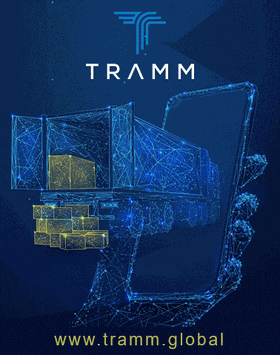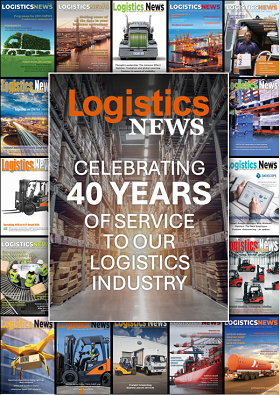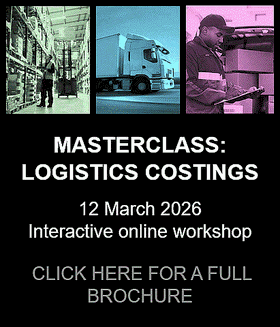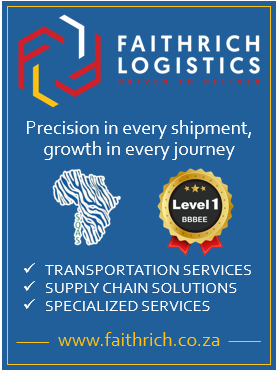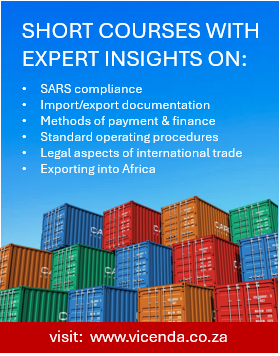Old habits die hard, but good Samaritans still help communities recover while others chance a sneaky profit – for the shareholders you understand!
SIX MONTHS in a dining room chair, glued to Zoom or a cell phone… and I’m free. Lockdown Level 1 – visiting the office, meetings with real people and, for me, taking a break in the bush. After a four-hour game drive and first beer, recollections of lockdown are easing.
Pricing affects supply chains
Costs rose during the pandemic for certain industries – those still operating. But some prices were unreasonably high – some were fair and some reflected unscrupulous suppliers, manufacturers or traders’ customer/business attitude of ‘me-first, not you’.
Industries differ
- Food
After a visit to a local Quick Shop, I got home and checked the five basic items that cost almost R400: butter spread pre-COVID was R74; into lockdown it was R96, plus there were other overpriced items. I’ve experienced bad owner attitude there before, so 20 years of buying fuel for two cars and R300- a-bag top-up groceries are over – that’s R60k a year, or was… I’ve stopped using that outlet. One entity kills one customer’s lifetime value for a whole supply chain. Do other chain players see this effect from badly timed R20 overpricing?
My local beverage store took a chance. Instead of adding one percent tax increase to a bottle of wine, it added 20 percent. It’s a great business, great people, but do that to me again and loyalty may suffer.
Then at Pick n Pay – the star retailer for my family – there was easy e-commerce ordering, reliable notified home delivery, always OTIF (on time in full) and value for money, even considering new DC order picking and other processes, extra delivery and thermal box costs – thank you.
- Hospitality
Those able to reopen have had slow ramp up of guests, but surely international travel constraints provide an opportunity to get South Africans to South African destinations? Think immediate and long term. Adapt through survival to marginal to profit again. That approach just got me out the dining room to the bush.
Some food outlets/restaurants moved through soup kitchens for the destitute or struggling, through take-away/home delivery options, adding booze when they could, and now have special menus to use what’s available.
- Engineering and fabricated metals
Steel imports stopped from China and may not restart, or will they? China supplied the second major global virus, so how cheap has
supply really been for you, your employees and customers? How long were you closed? How many staff did you put on furlough or retrench? How many projects stopped? And how many unnecessary deaths?
Bush drive summary
As consumers or producers, COVID-19 vividly shows us how one global supply chain disruption forces leaders’ rapid innovative adaption, but also small actions that reshape channels to shine or damage the brands that are part of them. It’s time to look over channel fences to check that customer service and brand value aren’t being eroded by ‘partners’.
When it comes to product costing, adapt from discount per item/bottle. Tie me in with a discount per purchase/year – the more the better – and push me to put new stuff in my ‘shopping- basket’ that makes you a better margin and me happy.
Then there is bush learning from my host, whose town is near the Kruger Park, where 350 people (and families) had no pay, meaning over 1,000 people were affected and the supply chain disseminated locally. Then other families with earnings out of town become sole breadwinners for their relatives and friends – those who have share with those who haven’t, so everyone survives.
Can’t we do this for industry supply chains? Share the pain to survive and then seek the gain together. Is the ‘China Factor’ pushing you to find alternate supply from different countries as you add the true costs of ‘low price’? Or will you source/make locally and advertise this – what will that do for consumers or engineering brands?
Add value/volume and justify price. Let’s do it. •


